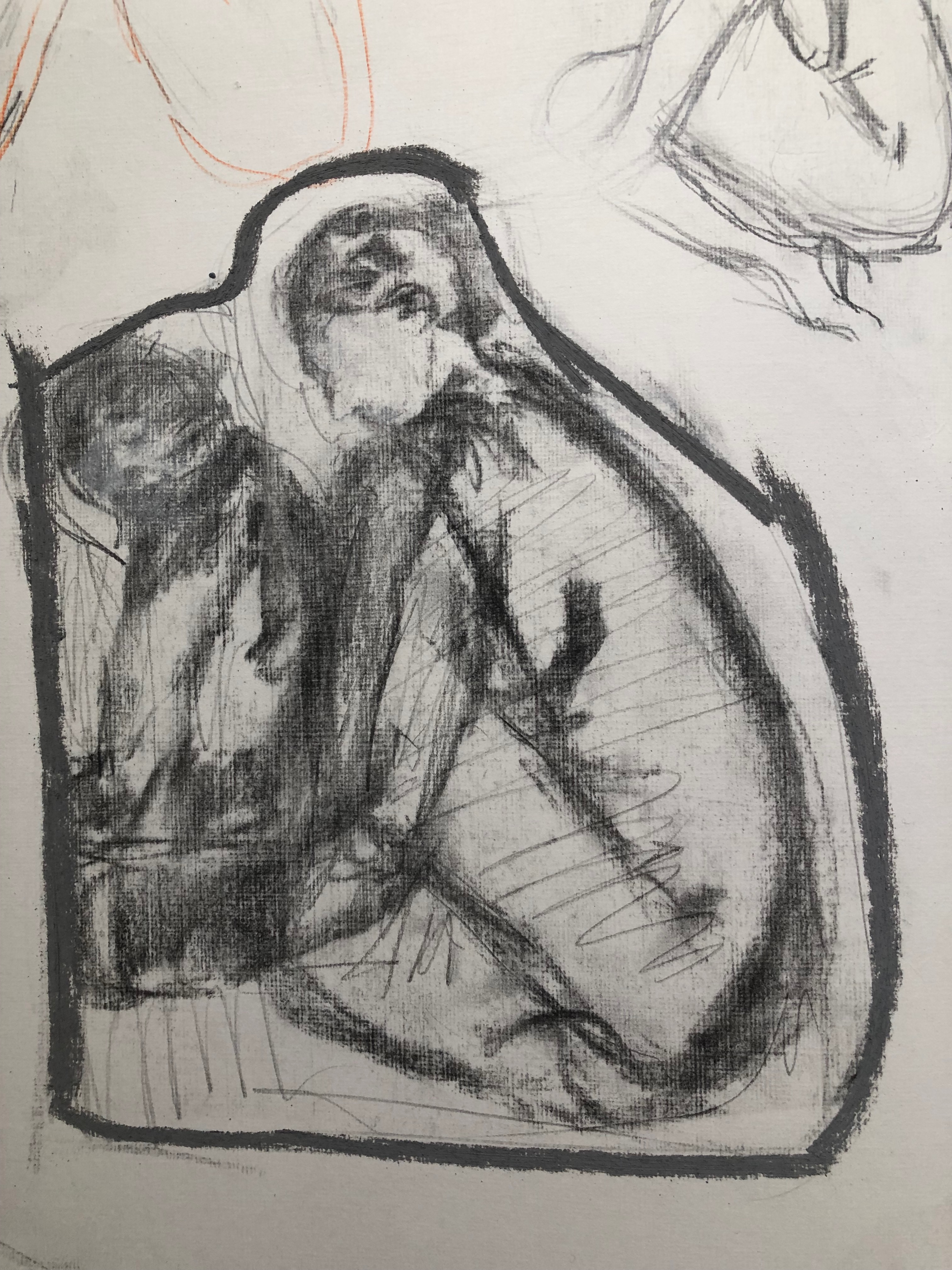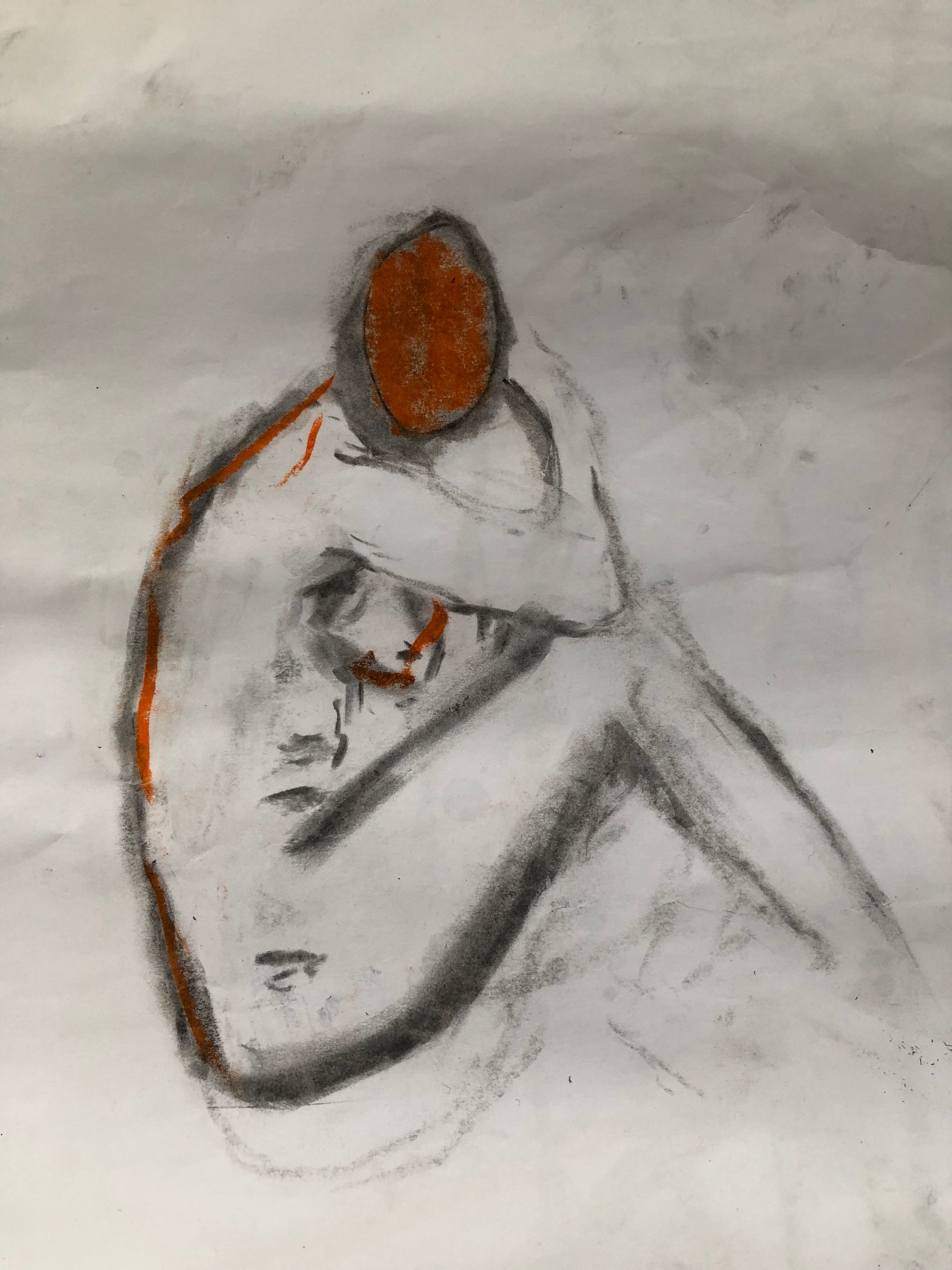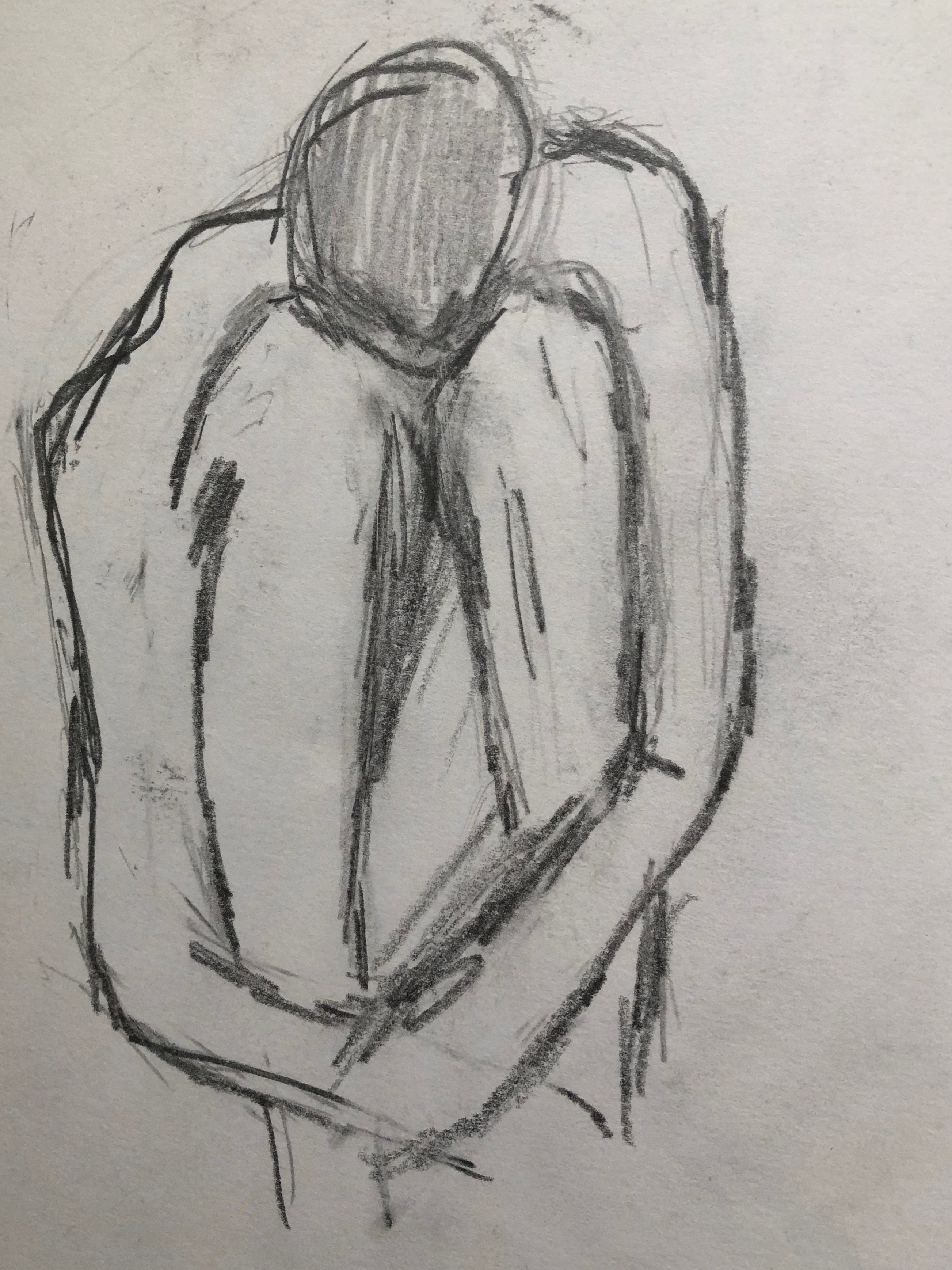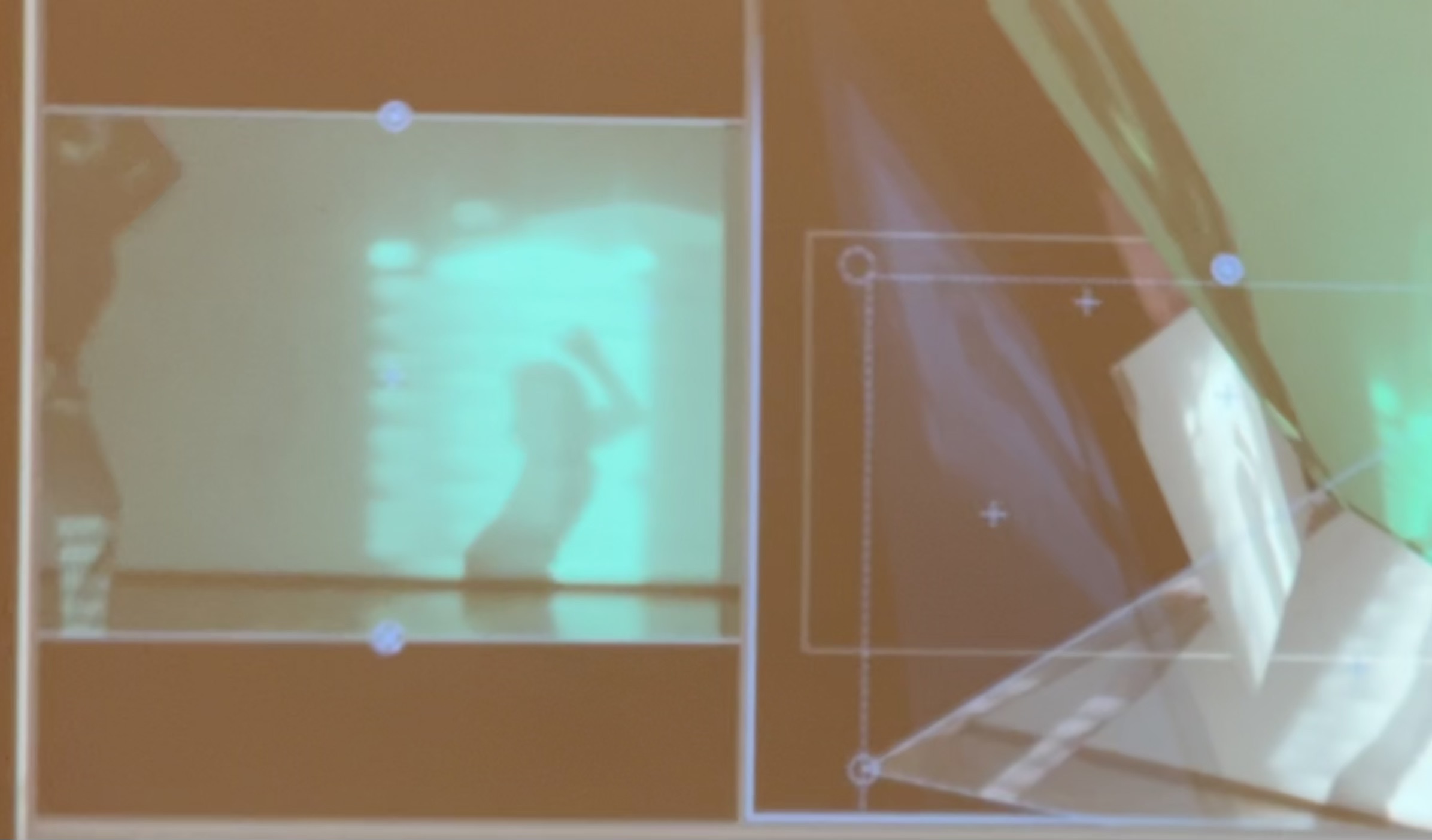Loreto Valenzuela
Tracing the poetics of movement, matter and memory.Meditations on the practice of movement.






Tracing Awareness: On Consciousness, Movement, and Artistic Research
Writing about movement is a form of inquiry: a way of noticing how gesture, language, and attention co-produce experience. In my practice, drawing, performance, and documentation do not represent an inner idea; they enact a field where awareness becomes tangible.
1. Movement as InquiryWhen I work, intention and contingency interlace. The line often arrives before the concept that could name it. What remains after the act—a trace of graphite, a rhythm in breath, a shift in weight—marks a meeting between perception and form. In contemporary philosophy of mind, this encounter brushes against what David Chalmers calls the “hard problem” of consciousness: the qualitative feel of experience that accompanies any cognitive event (Chalmers 1995; 1996). Artistic practice does not solve this problem; it stages it. The studio becomes an apparatus in which the invisible texture of experience leaves visible residues.
Phenomenology offers a vocabulary for this. For Maurice Merleau-Ponty, the body is not an object we carry but the very subject of perception—our general medium for having a world (1945/1962). Gesture is therefore thinking in action, and expression is not secondary to thought but co-originary with it. Jean-Luc Nancy radicalizes this intuition by describing the body as being-exposed (Nancy 2008): the site where existence touches, appears, and becomes shareable. My research takes place in that exposure—where material, skin, and attention negotiate meaning without necessarily arriving at a statement.
3. Awareness Between Philosophy and BuddhismIn Buddhist thought, vijñāna (consciousness) is not a substance but a continuum of knowing that arises when conditions meet; it is relational and impermanent (Rahula 1974; Thompson 2015). This aligns with the enactive view of cognition developed by Francisco Varela, Evan Thompson, and Eleanor Rosch: cognition emerges through embodied action as world and mind co-arise (Varela, Thompson & Rosch 1991). What appears as randomness in making—the misstep, the smear, the hesitation—often signals emergence rather than error: a local articulation of a wider field of awareness.
I think of research not as extraction but as attunement. Action, observation, reflection, return: a recursive method where documentation is a second loop of awareness, allowing perception to study its own traces. This resonates with neurophenomenology (Varela 1996), which couples disciplined first-person reports with third-person investigation. In artistic terms, the artist becomes both the situated subject and the instrument of inquiry. The aim is not certainty but clarity; not closure but a reliable sensitivity to what appears.
5. Toward a Poetics of ConsciousnessAt the intersection of these discourses, artistic practice becomes a poetics of consciousness—an ecology where care, material, and relation compose meaning together. In moments of deep making, the distinction between self and world softens: perception is no longer about something, but with something. This is perhaps what both philosophers and contemplative traditions indicate by “consciousness”: not a property inside the head, but the event of awareness in contact. Research, then, is a practice of staying with that event—tenderly, precisely, and with enough patience for emergence to show its form.
References- Chalmers, David J. (1995). “Facing Up to the Problem of Consciousness.” Journal of Consciousness Studies 2(3): 200–219.
- Chalmers, David J. (1996). The Conscious Mind: In Search of a Fundamental Theory. Oxford University Press.
- Merleau-Ponty, Maurice (1945/1962). Phenomenology of Perception. Routledge (trans. Colin Smith).
- Nancy, Jean-Luc (2008). Corpus. Fordham University Press (trans. Richard A. Rand).
- Rahula, Walpola (1974). What the Buddha Taught. Grove Press.
- Thompson, Evan (2015). Waking, Dreaming, Being: Self and Consciousness in Neuroscience, Meditation, and Philosophy. Columbia University Press.
- Varela, Francisco J. (1996). “Neurophenomenology: A Methodological Remedy for the Hard Problem.” Journal of Consciousness Studies 3(4): 33–79.
- Varela, Francisco J., Evan Thompson, & Eleanor Rosch (1991). The Embodied Mind: Cognitive Science and Human Experience. MIT Press.
---------------------------
This work engages a philosophical framework informed by Alain Badiou’s notion of the event, Heidegger’s being-in-the-world, and Husserl’s phenomenological reduction.
Each image and movement is treated as a site where the conditions of appearance — perception, duration, and relation — can be examined.
In Badiou’s terms, the act of creation is a truth event that interrupts the given order, proposing new coordinates for experience.
From Heidegger’s perspective, these gestures enact a poetics of being-there (Dasein), while Husserl’s phenomenology offers a method of returning to the immediacy of perception itself.
Through this triangulation, the project investigates how artistic practice can articulate modes of existence that are both embodied and reflective — visible and concealed.